Via Podiensis: Heat, Pain, Beauty, Consolation
Serge sure puts on a spread! Dinner with the other pilgrims in the gîte was enormous, and enormously fun, even if most of the conversation was in a language I can’t understand. Breakfast was similarly generous, and I had a hard time getting out the door. We finally left about 7:00 AM.
My goal today was the city of Moissac, with its ancient abbey, originally founded in AD 506. Jacopo planned on going a little further, but 40 km days are not something I’m going to be doing any time soon. In the end, it was Moissac for him as well.
So it was through the medieval town of Lauzerte and then down the stairs to the Camino proper. The stairs went down several levels of town before arriving at a major road. After crossing the road, it was down a hillside another several levels, to finally arrive at the town cemetery. We were now approximately halfway down the hill.
And it was only here, once again, that I remembered to turn on my tracker. I really have to get better about this. I keep missing all of the early morning hills!
There were a group of about eight or ten pilgrims just ahead of me, probably the largest group I had seen at once since leaving Figeac. They all started out behind me, but as I mentioned before, I am slower on the descents than most folks.
The air was cool with a refreshing breeze, but still the sky looked dirty and gray. The Camino soon turned off the various roads, and we began descending down the usual mix of gravel and dirt. It was quite steep for the first 10 or 20 meters , and I sort of slid down parts of it.
We finally came to level ground at the base of Lauzerte’s great hill, and it was back to roadwalking. Of course, once we were well into the valley, inevitably we began to climb up the other side. This time, there were no stairs, but perhaps there should have been. Parts of it were like climbing up a dried-out waterfall. The guidebooks said the big hills were behind us, but I think they were mistaken.
Back to roadwalking with Jacopo and a young French lady named Violet. We got to talking, and missed a turn off. It seemed more expedient to continue on the road we were on and turn back towards the Camino rather than backtrack. It was slightly longer than the actual route, but on the plus side, we met a donkey.
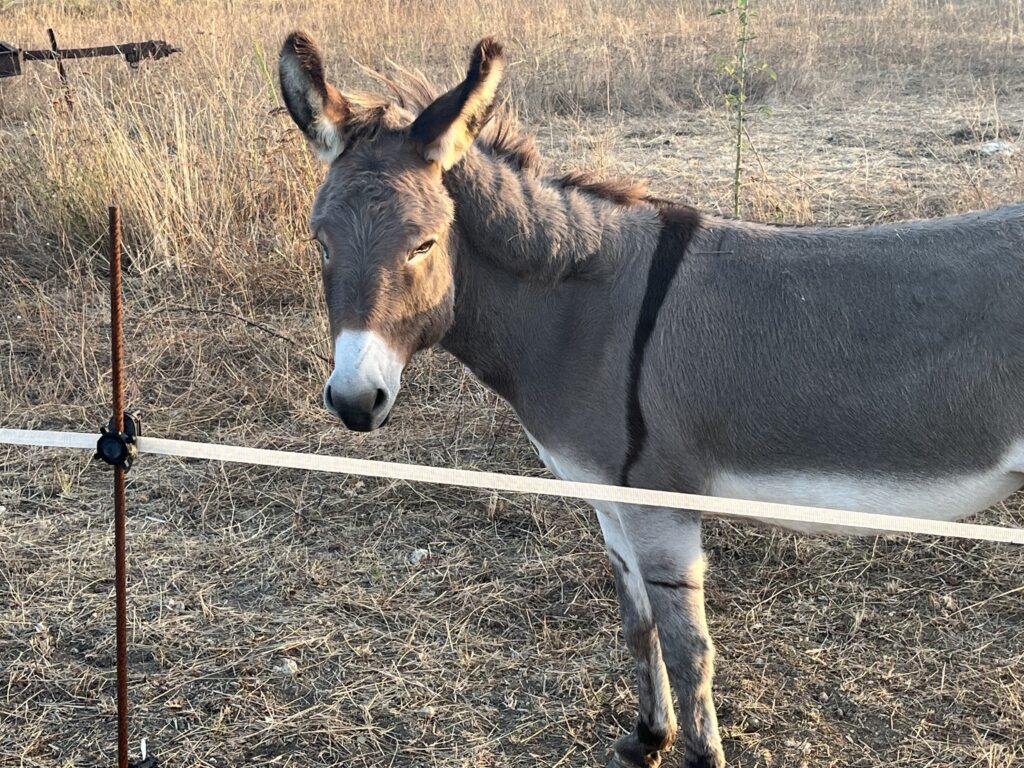
We eventually returned to the correct path, and commenced the usual series of roadwalking and paths. The morning was mostly near wide-open fields, including many more acres of dead or dying sunflowers.
Our discussions were, as pilgrim discussions often are, wide-ranging, veering from the profound to the mundane. Sometimes we walked together in solitude. One takeaway: the combined ages of my two companions are less than my own.
The ground, almost everywhere except under the trees, was dried and cracked, sometimes with great fissures running many meters. Any number of times, the tips of my hiking poles got caught in one of these and wrenched my arm. Eventually, I got much more careful with where I was placing the poles.
The umbrella came out just after 9 AM.
We passed maybe half a dozen tiny villages with no shops or amenities, and often with very modern housing. Are these villages or suburbs? I don’t know. We arrived in the proper village of Dufourt-Lacapelette at about 9:50. Time for second breakfast!
Afterwards, we passed through many apple orchards in the heat of the day. A lot of it was roadwalking, but we passed more and more trees as the day progressed including occasional long sojourns through wooded areas.
At about 11:45 we rested in front of a giant wind-up gramophone for a 15 minute break with cookies.
After this, there were fewer dirt trails and more roads, often through open country surrounded by trees. Alas, the trees were usually not close enough to provide any shade. I was carrying my own personal shade, of course, but the other pilgrims were not.
Jacopo was having pain in his left shin, and we slowed down considerably. We stopped at a gîte along the way to fill up our water bottles. It was blisteringly hot outside, but there was a cool breeze. This however, on the exposed roadway, soon turned into the enemy of all umbrellas: a headwind.
Soon, I had to hold onto the umbrella with one hand, making it impossible to use my sticks properly. Jacopo was hurting pretty badly, so we made a slight detour to a church in the village of Espis for a rest. Unfortunately, the church was locked. Fortunately, there was a shady bench outside. It was about 1:15 PM and 85°.
After resting there about 15 minutes, I left Jacopo sitting on the bench. He said he needed another 15 or 20 minutes rest, but I could feel my foot starting to tighten up, and I knew if I didn’t start walking soon, it would be much more difficult for me. We had reserved in the same gîte, so I told him I would meet him at the café nearest to it and save him a beer. And then I hobbled off in the heat, umbrella folded away because of the wind.
It was still four or five kilometers to Moissac, and it was basically all roadwalking. The road passed by orchards and suburban homes, with occasional transition back to the countryside of field and forest.
I passed numerous pilgrims, resting in what shade they could find. I confess I was feeling a little down and despondent, but then I crested a hill, and I could see what appeared to be the industrial or perhaps warehouse districts of the city in the valley below. This was enough to give me the resolve to continue on. Sometimes, all I need is a little visual clue that the end is in sight.
And so, it was downhill I went.
I passed by more and more suburban homes, and the asphalt road acquired curbs and storm drains. Pretty soon, the fields and forests were now fenced yards and small lines of trees.
Then the Camino diverted down a more rustic road, but the houses were packed even closer together now, until I left the small suburb entirely and back onto a path in the woods.
This bucolic interlude was brief indeed, and in just a few moments I was walking on the sidewalk next to a busy road. I was well and truly in the city now, complete with apartment blocks on the one side, and houses on the other.
There was a slight diversion down a whimsical little alley, complete with a giant fiddle-playing ant of the kind seen much later on the Camino in Spain. But by and large, the Camino made a beeline through the urban sprawl of Mossiac towards the medieval city center.
At some point on the slog, the umbrella came out and more sunscreen was applied. I fear it might’ve been a little too late to prevent a burn, though. By now it was almost 2:30 PM, and the temperature was pushing 90°. Everywhere the concrete radiated heat; even the water in my bottles was hot. The slightest little breeze was a blessing. At least I was still sweating.
As I entered the old city, the streets narrowed and cooled, and I put away the umbrella. I soon lost the way-markings entirely, and so just headed for the nearest tall steeple I could see. This proved to be a church that had been confiscated by the revolution and was now an art gallery.
I used their restroom facilities and moved on, trying to find the Camino.
The best way seemed to be to use the magic of Google maps and find the old Abbey. This took me down a charming narrow street full of old shops with housing above.
I found the Abbey, and suddenly all thought of stopping to rest at a café with an Orangina or a beer vanished. The tympanum over the main entrance is unlike anything I have ever seen. It is both enormous and enormously detailed. It has a life and movement one rarely sees in this form of sculpted art. I was awestruck by it.
And then I entered the church and stared speechless for some minutes. It is, simply, the most completely realized Romanesque church I have ever seen. The painting on the walls, which at first glance you might think is wallpaper, is completely intact. Every square inch of the interior walls and pillars are painted in pleasing geometric designs that draw the eyes ever upward and forward towards the sanctuary.
The sanctuary itself is a monument in its own right. I am sure it is a much later construction than the rest of the church, but it forms a harmonious whole with the architecture and decoration found elsewhere.
The side altars, with their statues and paintings, likewise represent different eras in the history of church art and architecture, but not a one of them looks out of place. None of them distract or fail to contribute to the harmony of the whole.
I can only hope the photos do it some justice.
I prayed there a while, and lit a candle at the Marian shrine for the various intentions of the walk. And then it occurred to me that it was getting on to 3:30 PM, and I really should find my gîte. Once again, the beer would have to wait.
In retrospect, this was a poor decision. My gîte, as it turns out, is a long way up the hill from the abbey church. How far up the hill? Let’s just say that multiple staircases were involved.
So long had I tarried at the church, that Jacopo caught up with me on the stairs.
The gîte itself is lovely. Possibly even worth the climb. After the usual shower and laundry, I felt remarkably refreshed, and so grabbed a water bottle and headed back into town.
On the way down, I stopped at the church of the 19th century Carmelite convent. I don’t think I’ve ever seen plastic chairs in a church before. The side altars were all completely stripped out. It broke my heart to see them this way. I don’t know if the high altar sees any use, but since the sanctuary was partially being used for storage, I suspect not. It was painful to be there. It felt like the place had been plundered.
I hurried out and back down the hill.
When I arrived at the Abbey Church, the sisters had just begun to chant Vespers. I joined, and it was absolutely beautiful. The Sacred liturgy, when done properly, is a healing balm to me in a way I don’t really have language to explain.
Afterwards, I sat for a long while in the empty Abbey church, and I wept for the beauty of it. I wept. I could feel the Lord close to me, showing me the barest glimpses of heavenly joy. Although I couldn’t stop crying for a while, it was one of the most profound moments of consolation I’ve had in my life.
And then I suddenly realized that my time in the Abbey church was done – I had to hurry back up the hill to my gîte if I was going to be in time for dinner.
At the end of my third week, I have now walked 481.1 kilometers, which is just a smidge under 300 miles.
Date: 07 September 2023
Place: Moissac
Today started: Lauzerte
Today’s Photos!
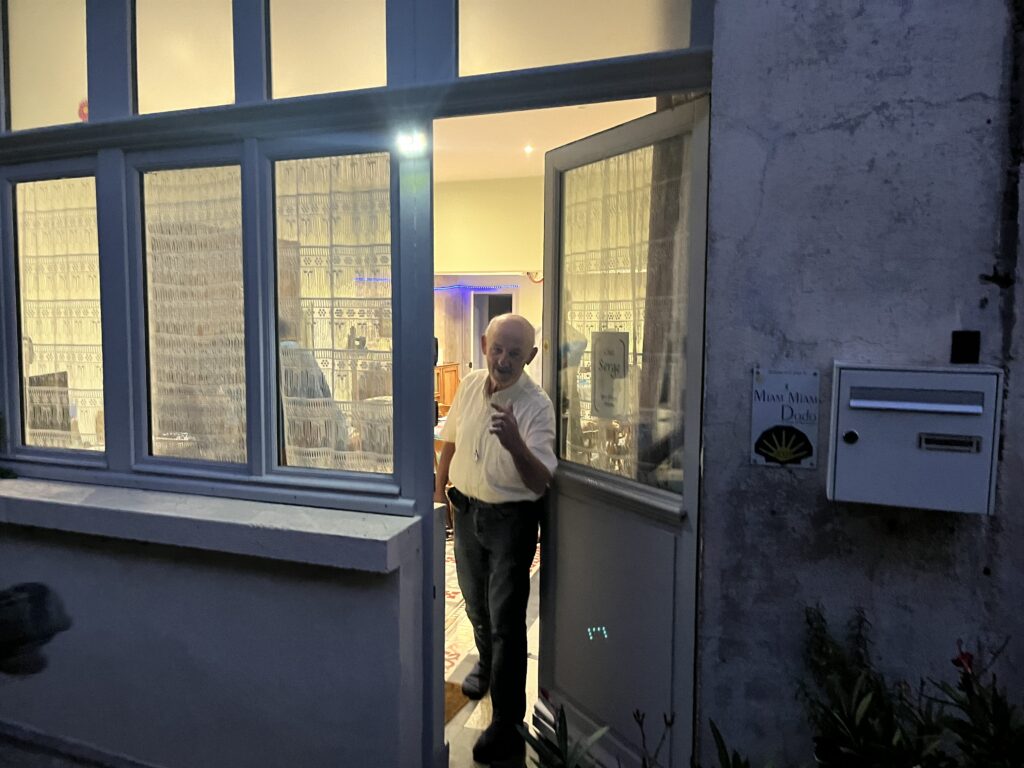
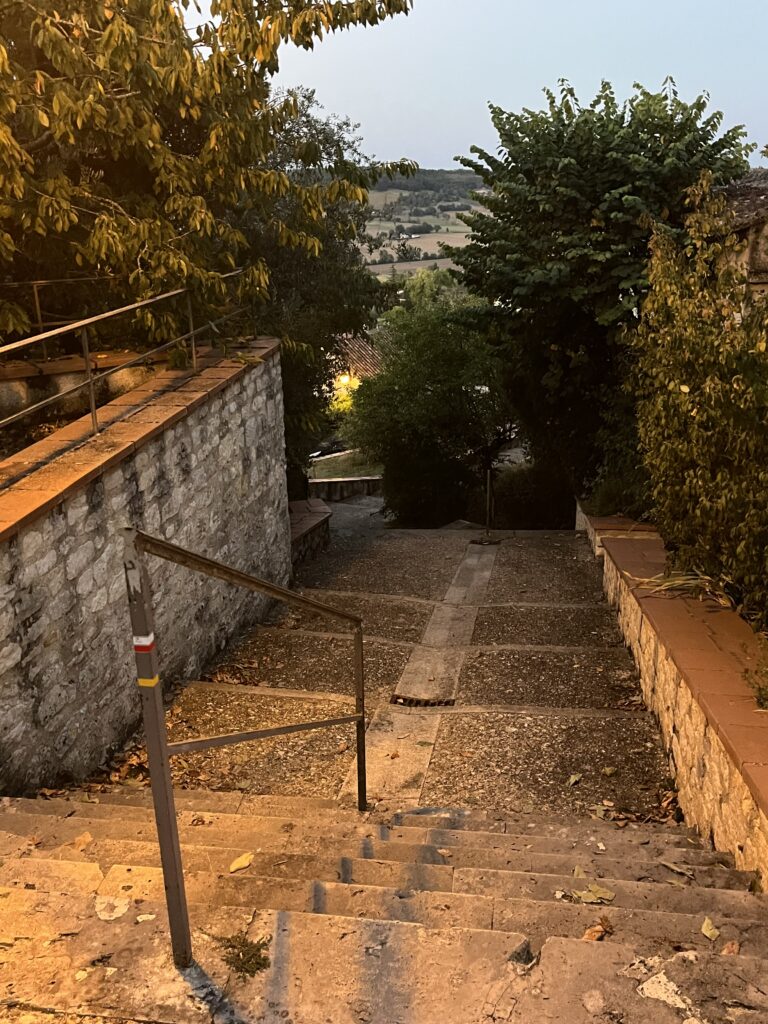
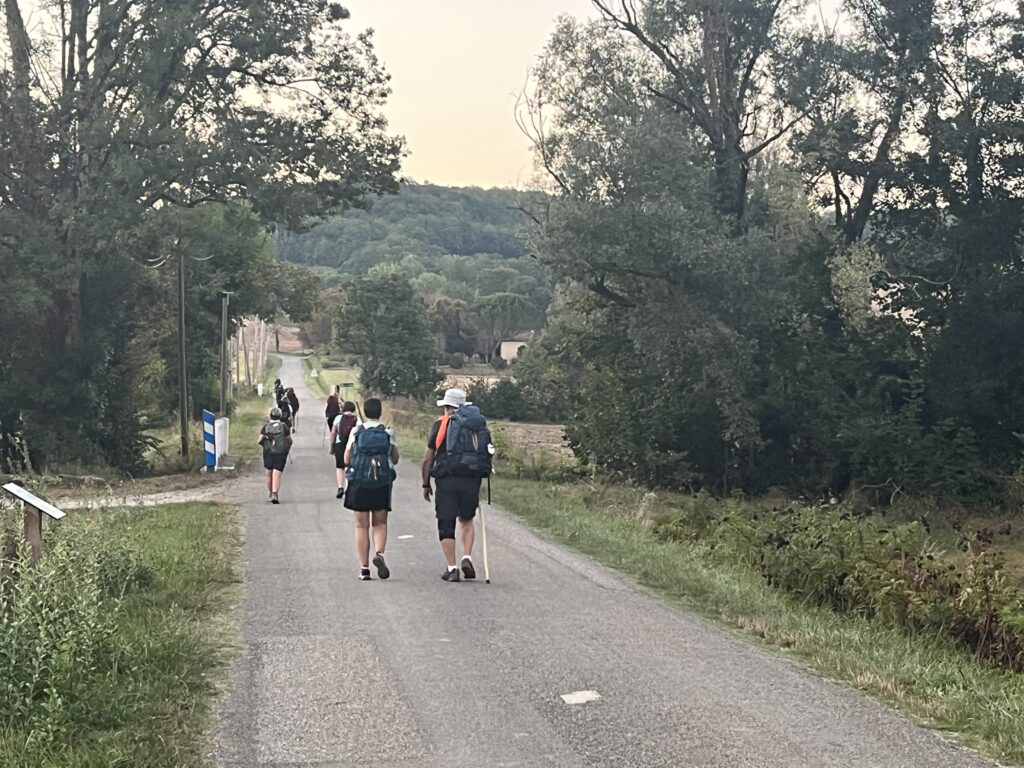
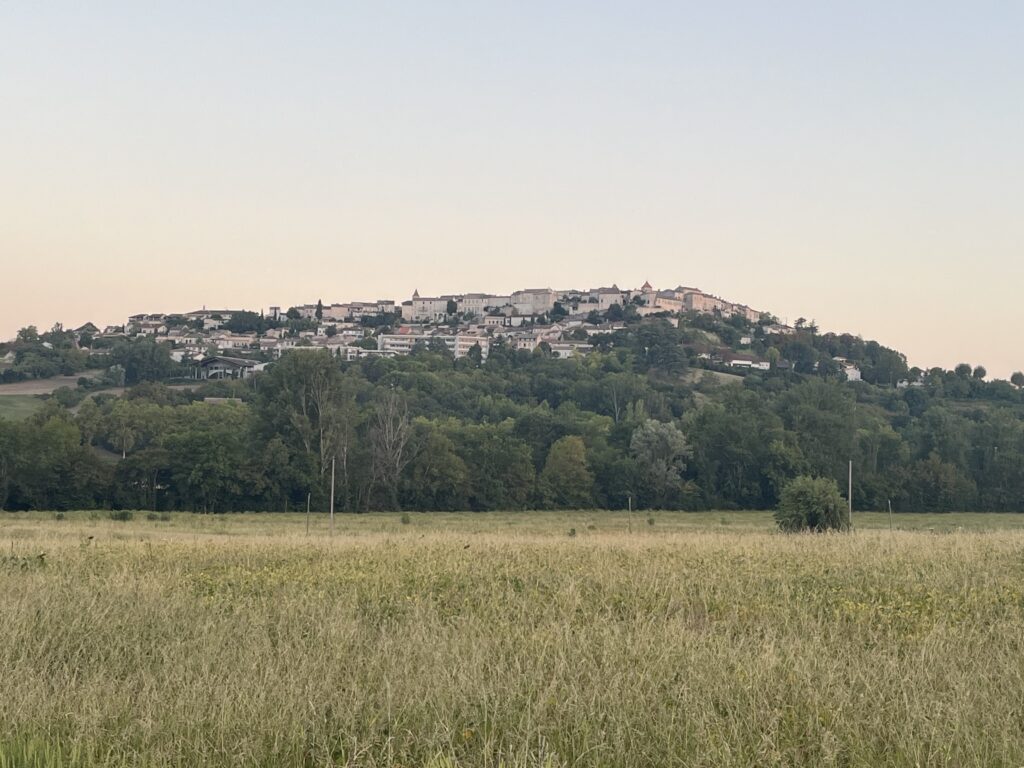
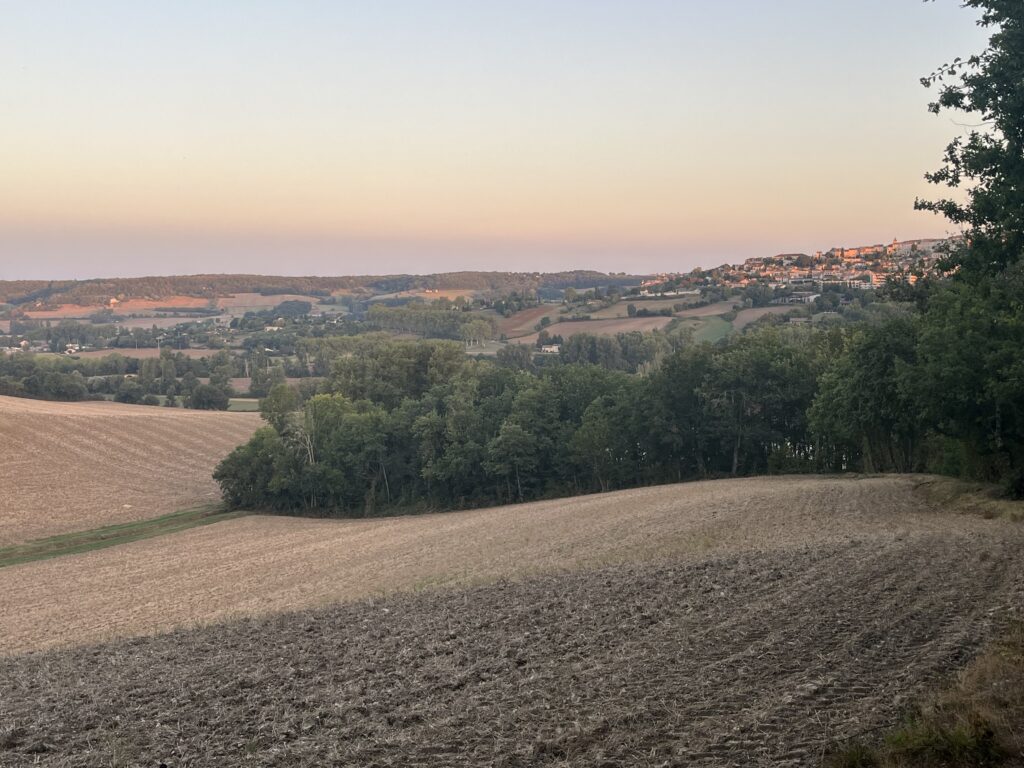
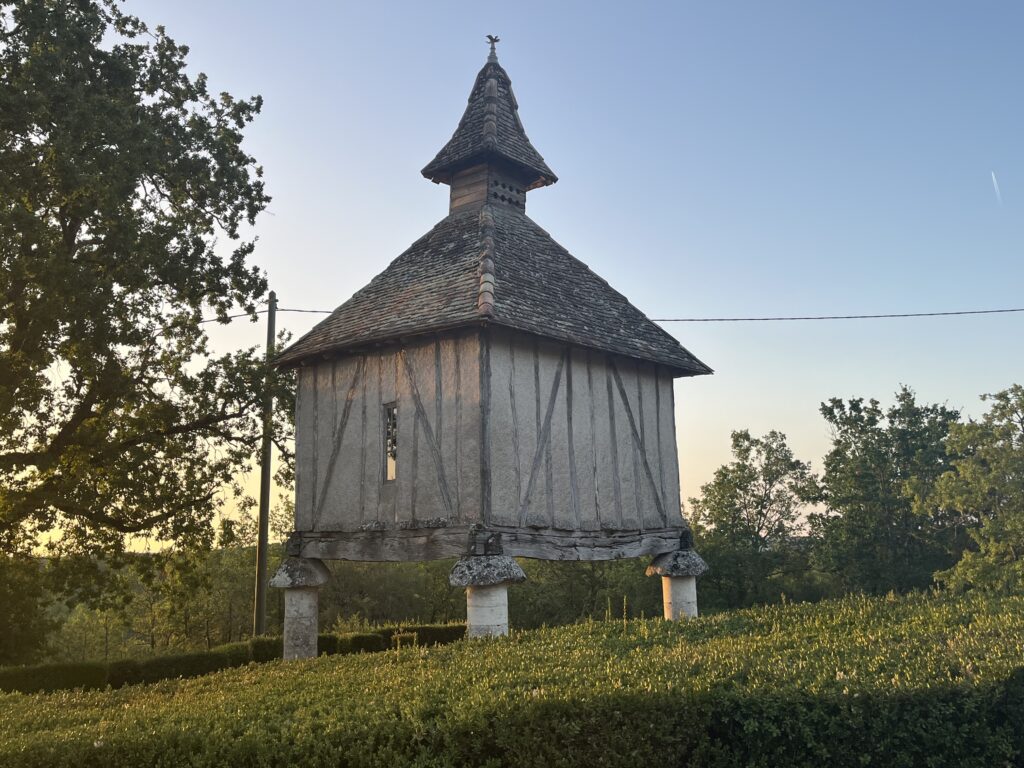
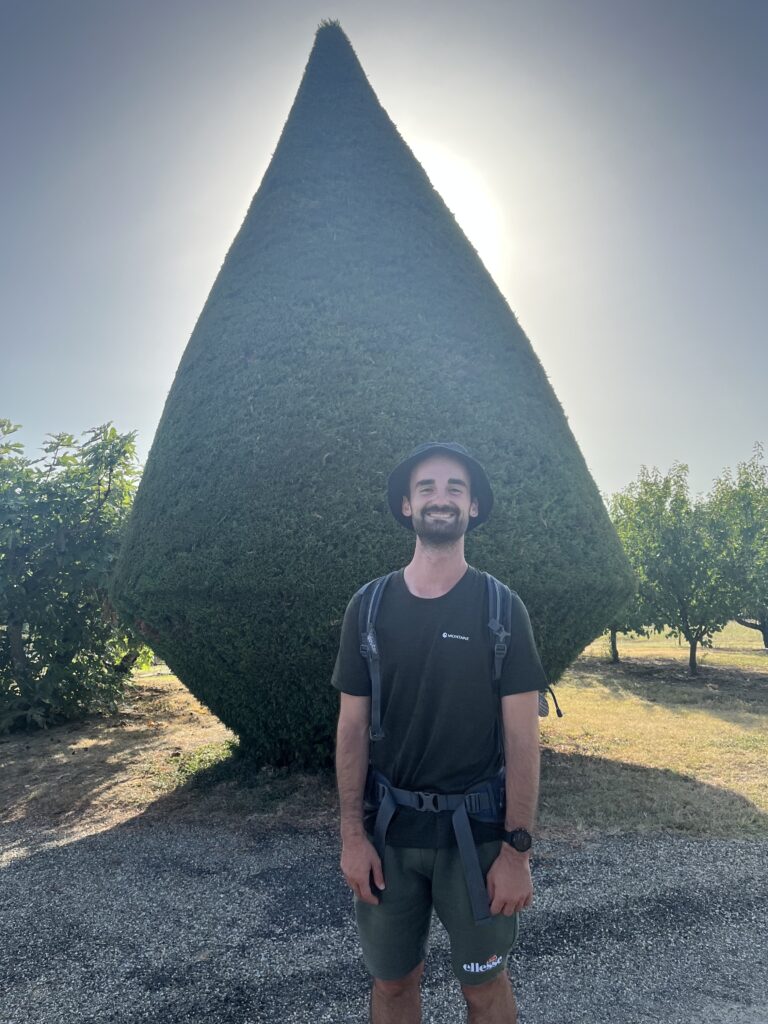
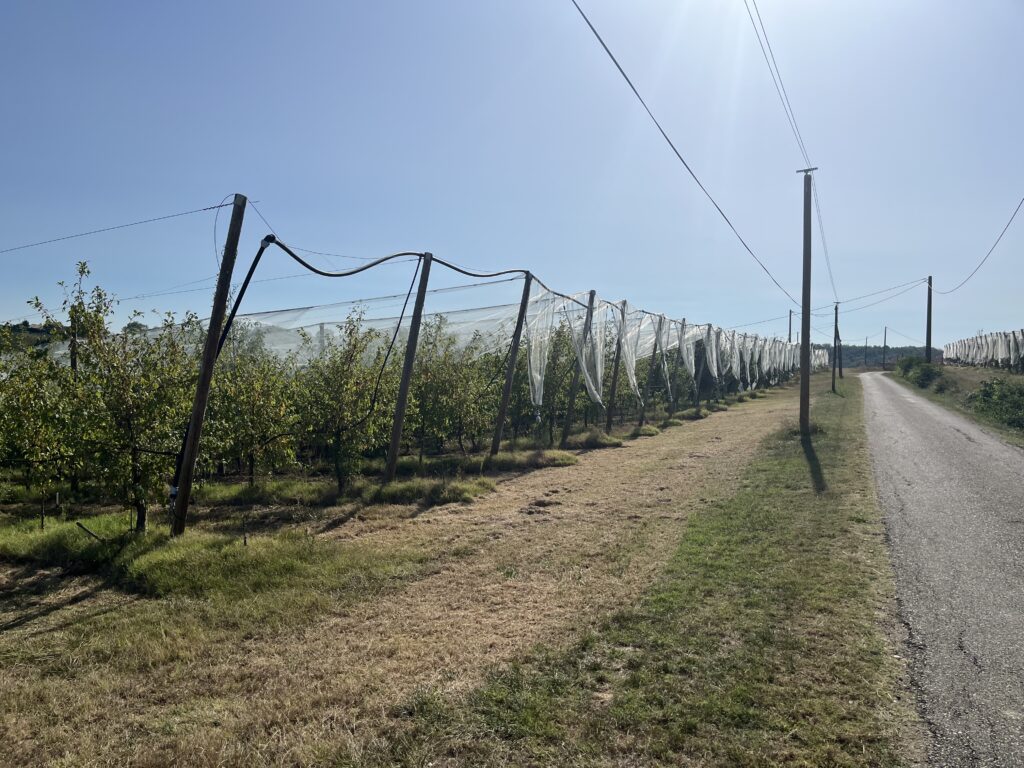
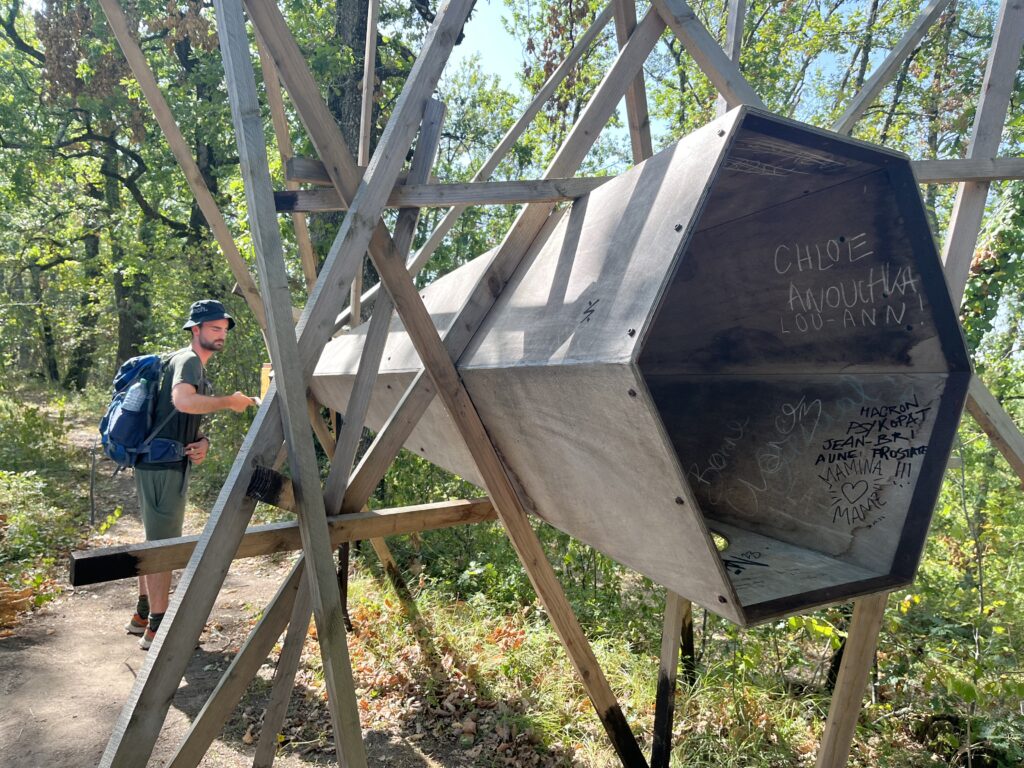
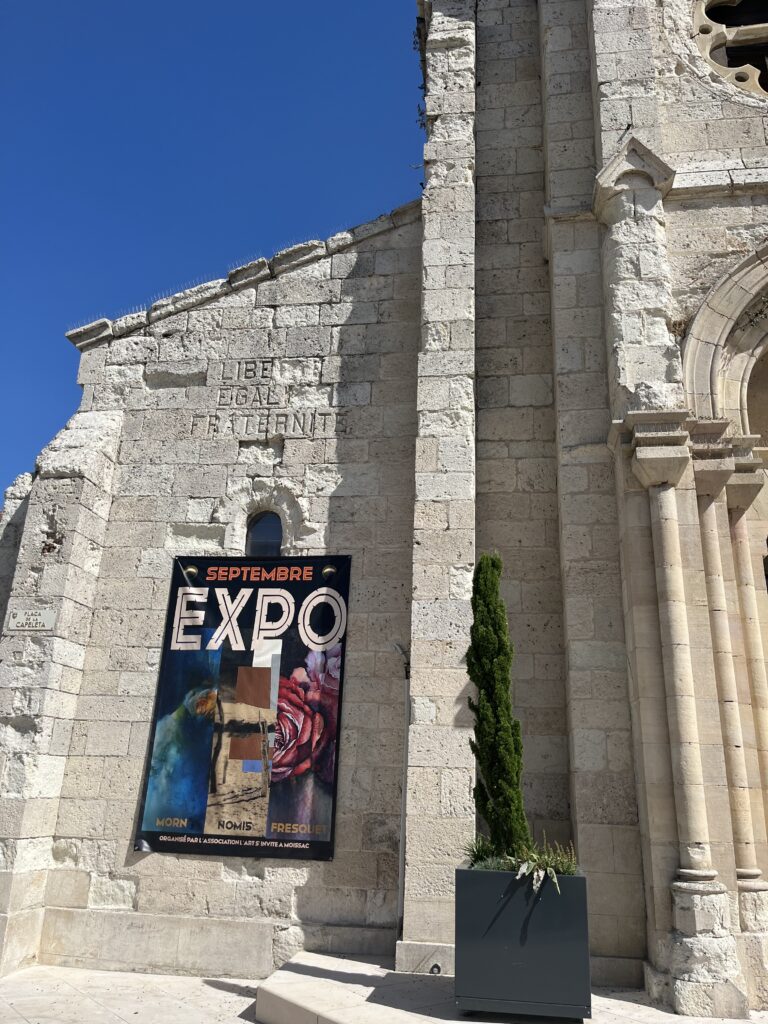
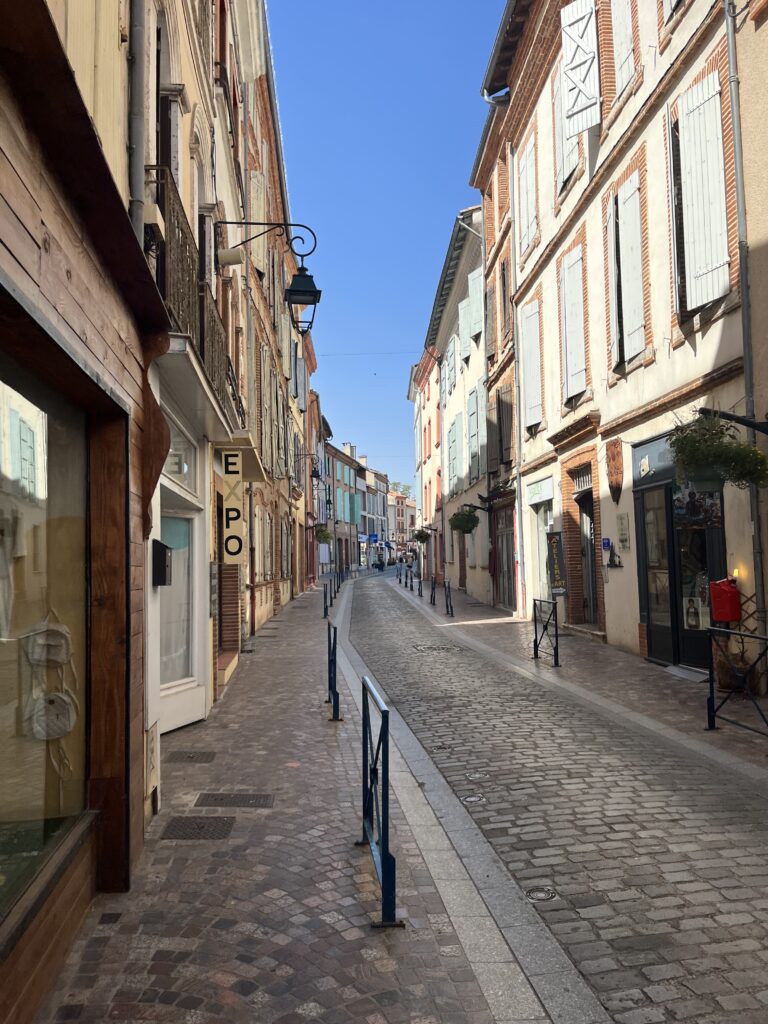
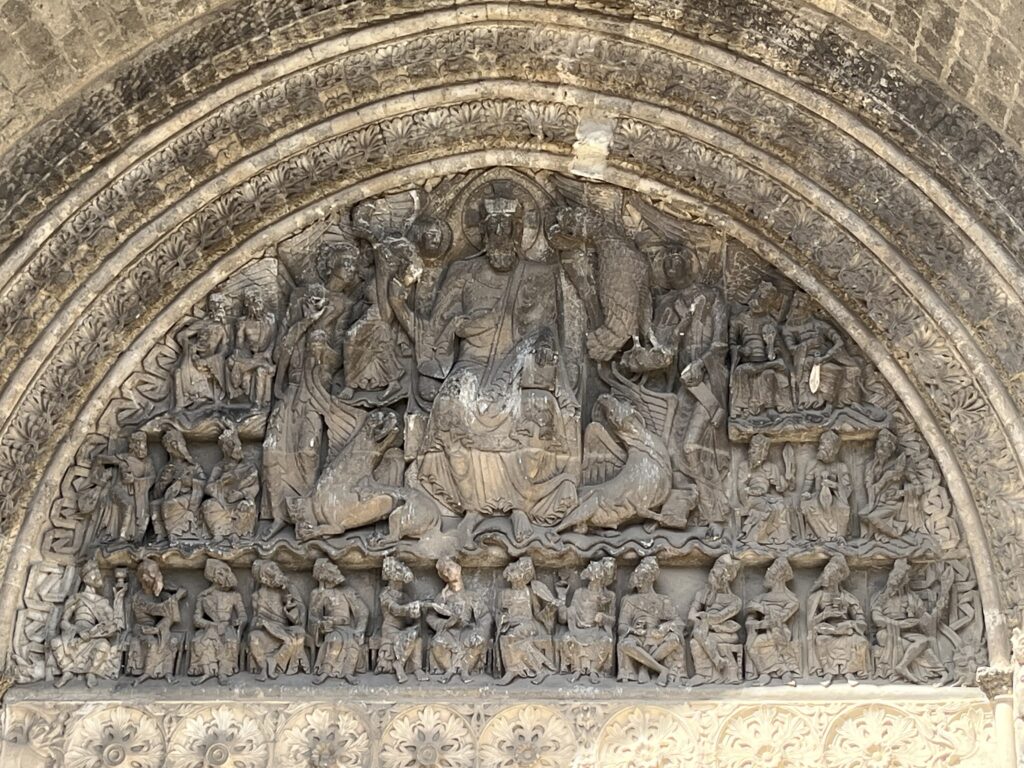
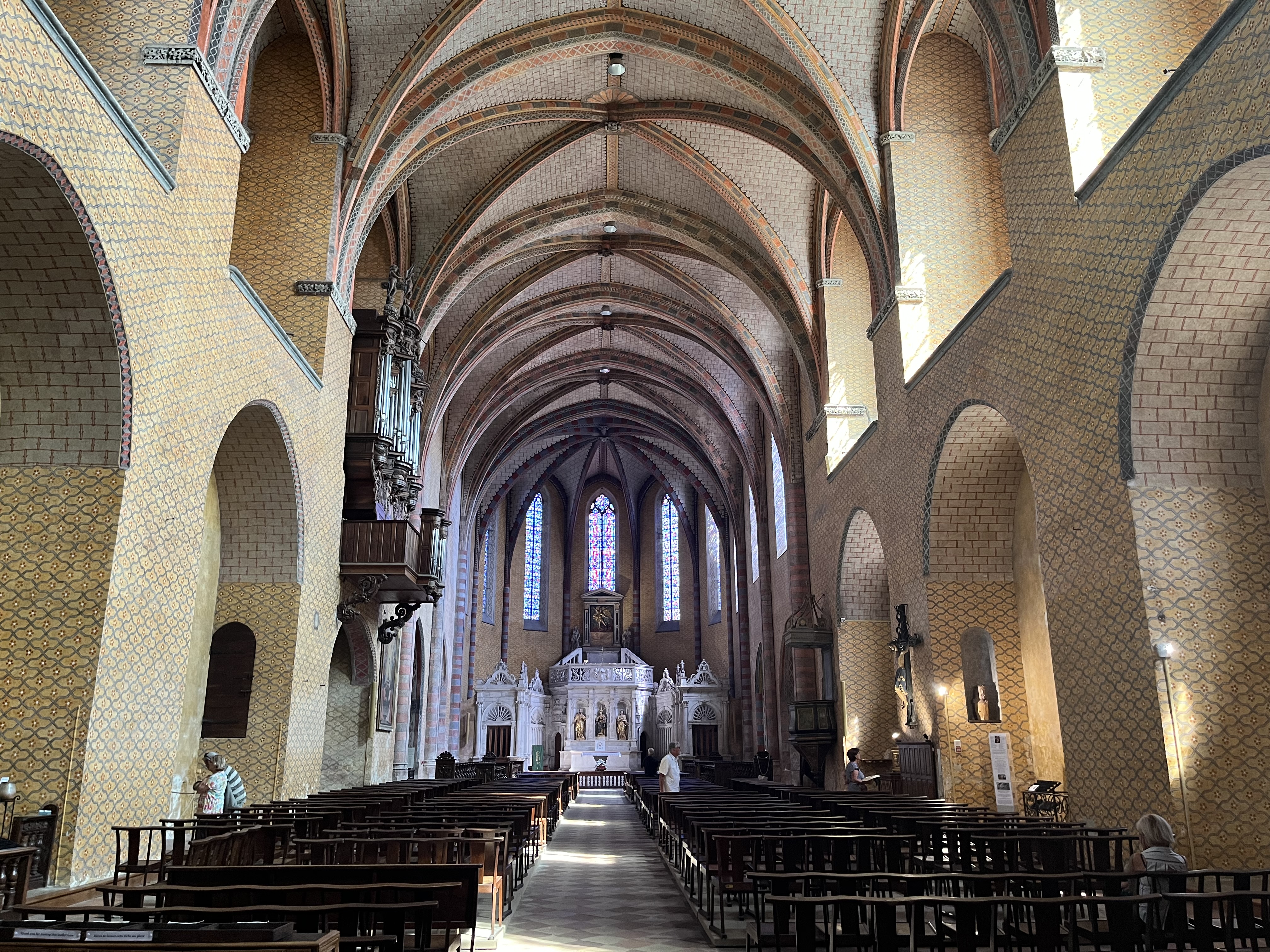
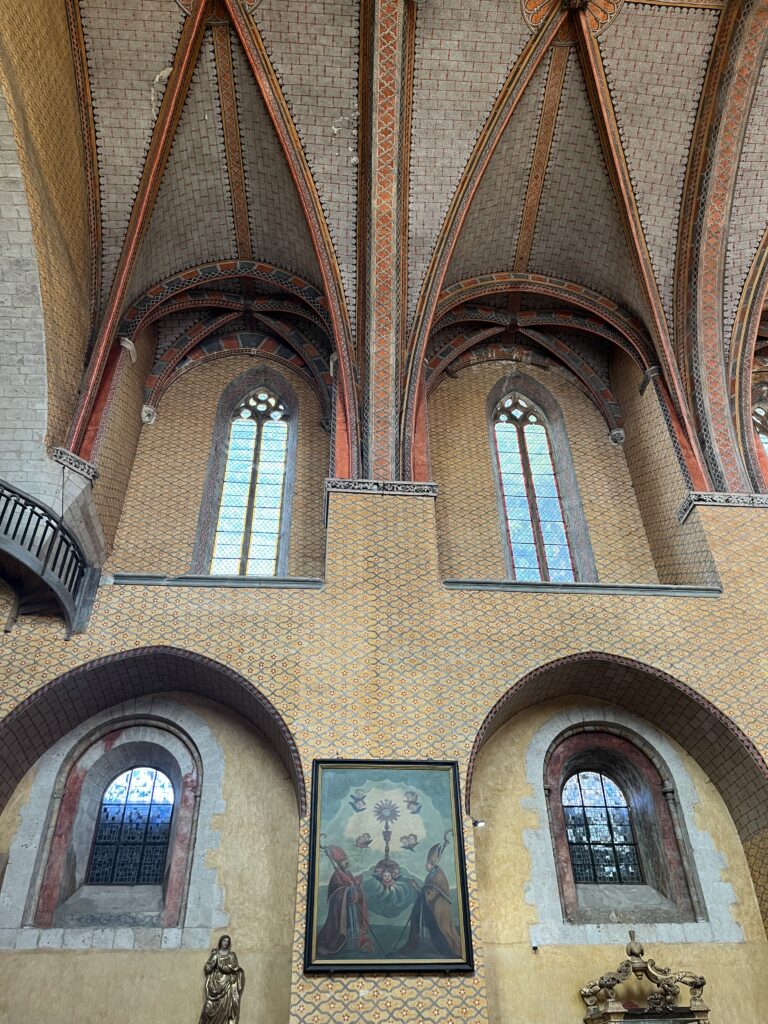
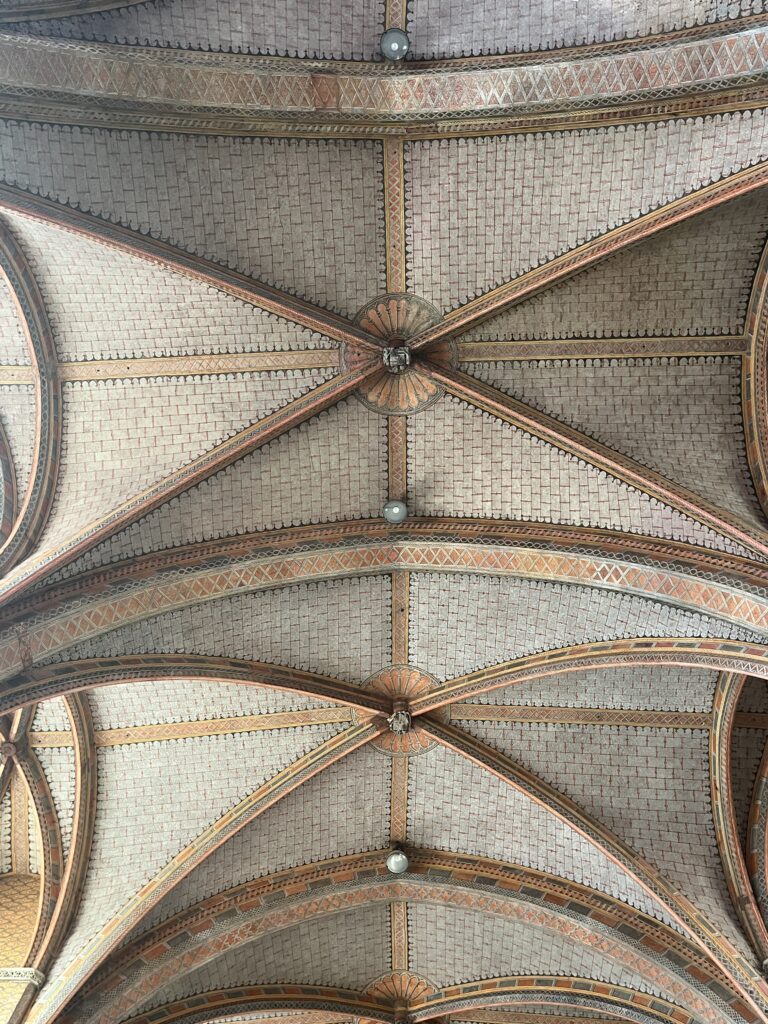
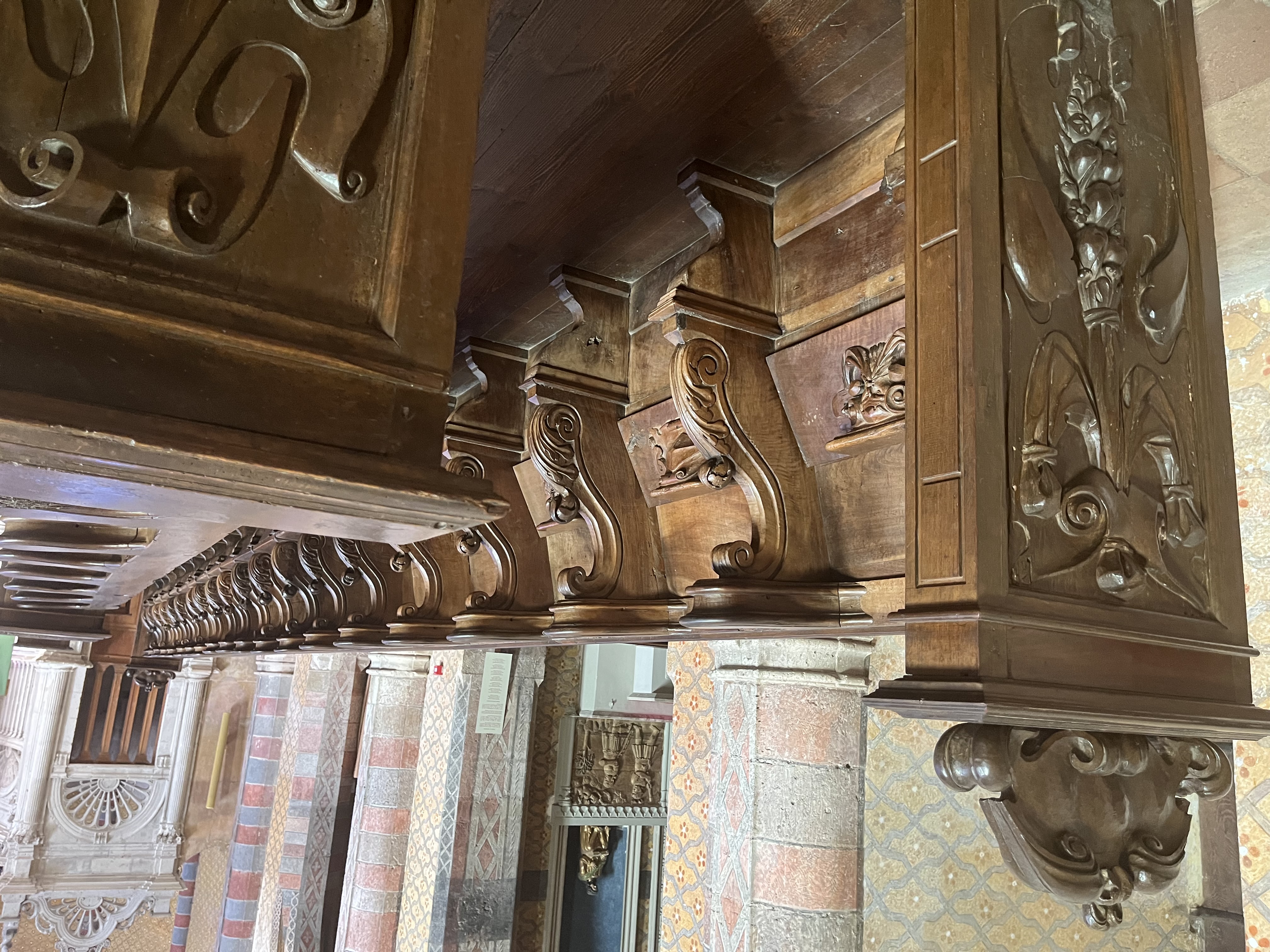
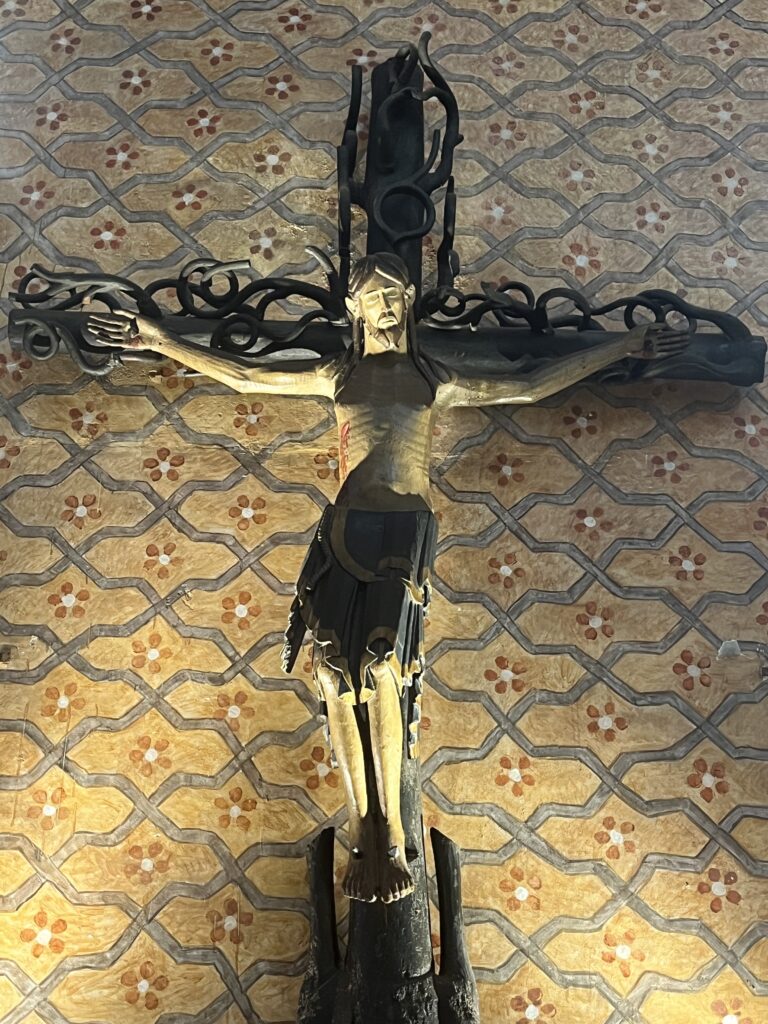
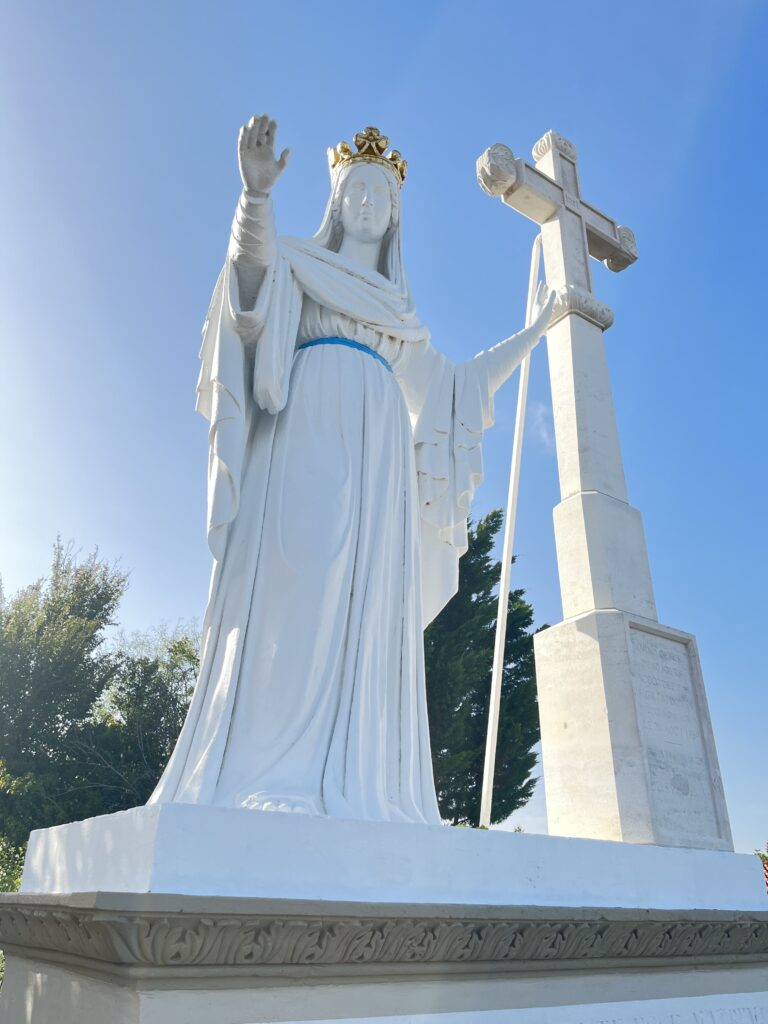
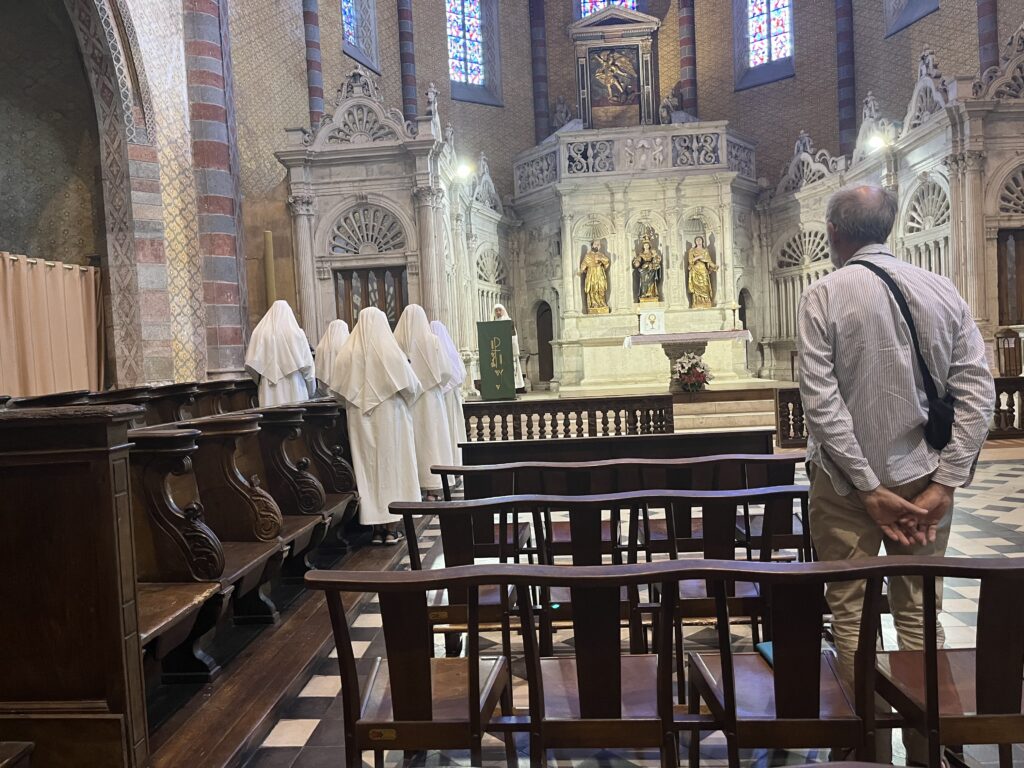
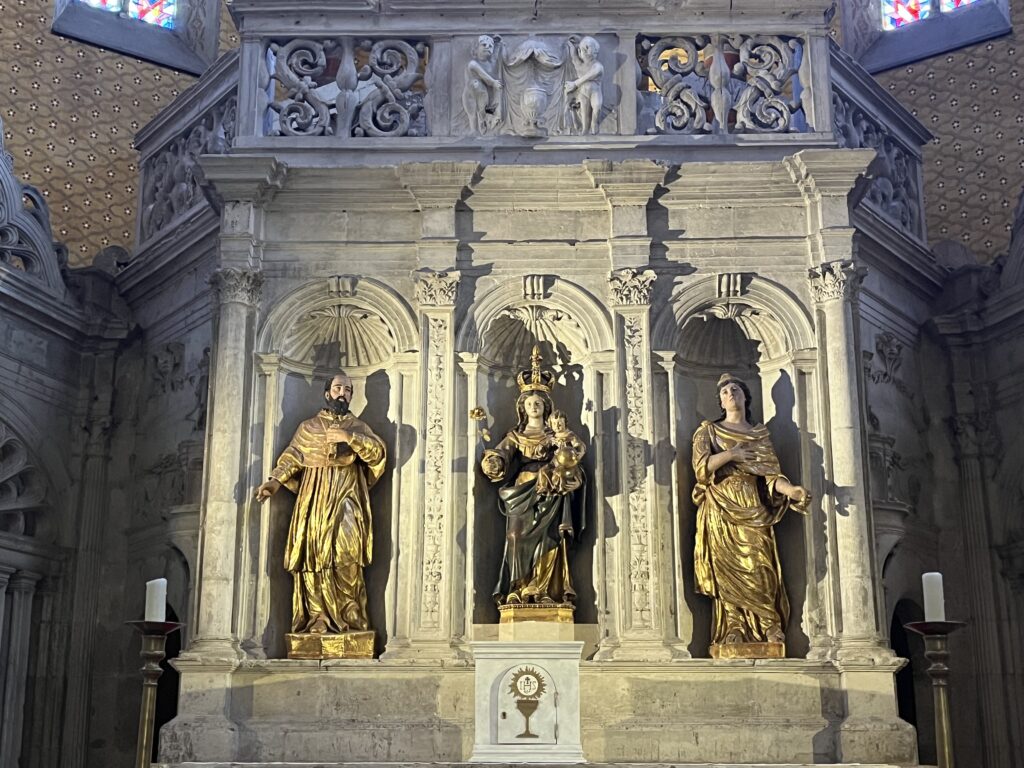
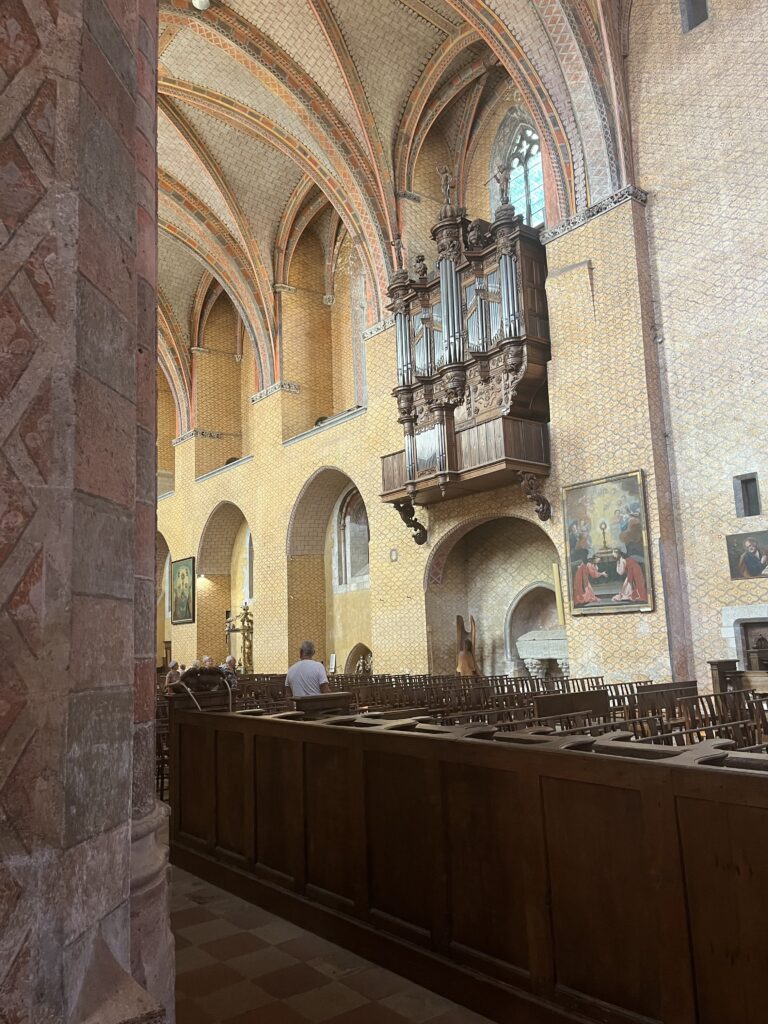
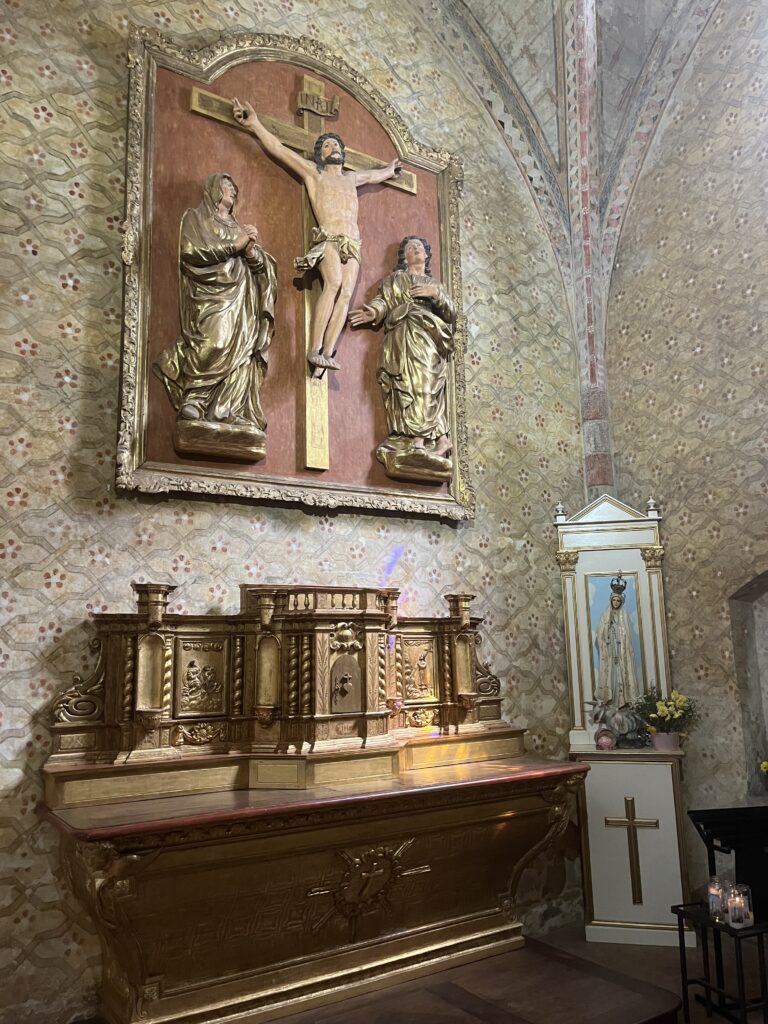
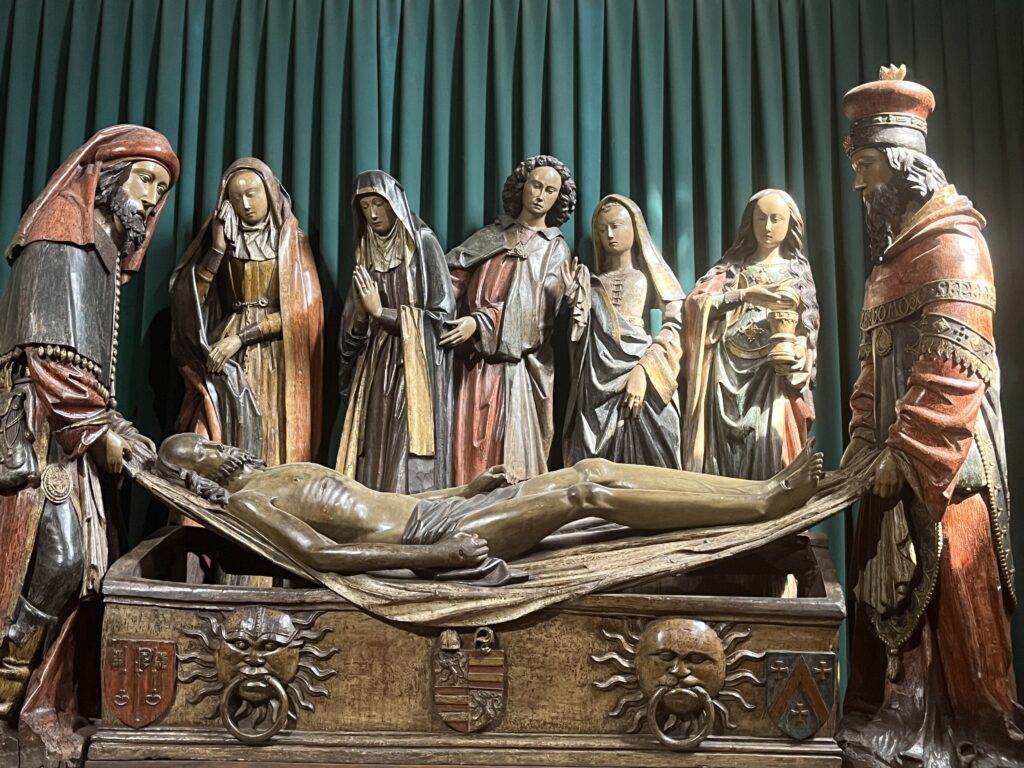
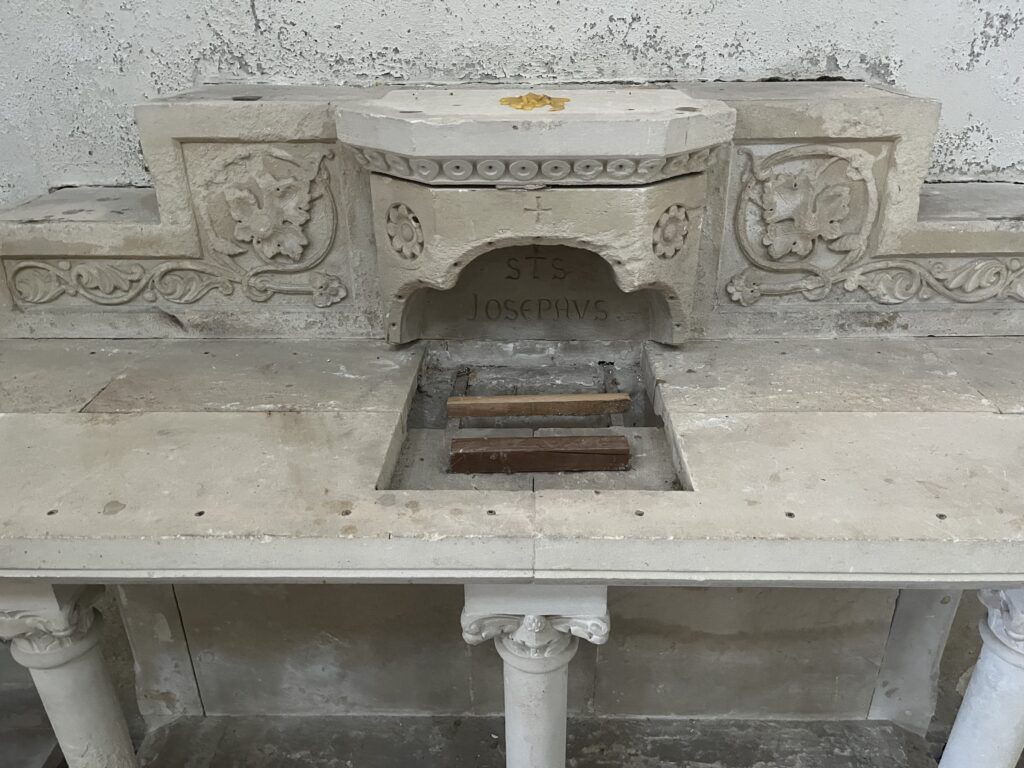

Pingback: Sunday Vespers at Saint Patrick – The World is Quiet Here
Pingback: Weekend Review and a Reflection on Vocation and the Sacred Liturgy – The World is Quiet Here
Pingback: Sunday Vespers at Saint Patrick – The World is Quiet Here